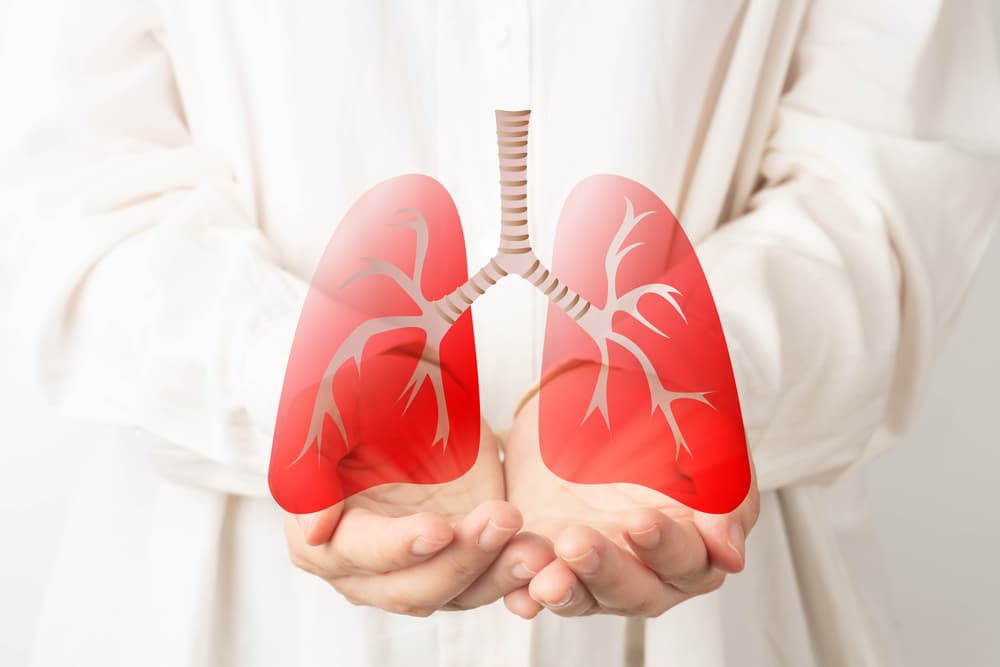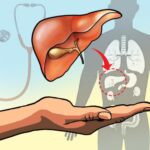 " title="Asthma Indications, Benefits, and Risks
" decoding="async" srcset="https://www.medrot.com/wp-content/uploads/2022/08/Asthma-Indications-Benefits-and-RisksC.jpg 1000w, https://www.medrot.com/wp-content/uploads/2022/08/Asthma-Indications-Benefits-and-RisksC-300x200.jpg 300w, https://www.medrot.com/wp-content/uploads/2022/08/Asthma-Indications-Benefits-and-RisksC-768x512.jpg 768w" sizes="(max-width: 1000px) 100vw, 1000px" />
" title="Asthma Indications, Benefits, and Risks
" decoding="async" srcset="https://www.medrot.com/wp-content/uploads/2022/08/Asthma-Indications-Benefits-and-RisksC.jpg 1000w, https://www.medrot.com/wp-content/uploads/2022/08/Asthma-Indications-Benefits-and-RisksC-300x200.jpg 300w, https://www.medrot.com/wp-content/uploads/2022/08/Asthma-Indications-Benefits-and-RisksC-768x512.jpg 768w" sizes="(max-width: 1000px) 100vw, 1000px" />The most common risk factors for developing asthma are having a parent with asthma, having a severe respiratory infection in childhood, having an allergic condition, or being exposed to certain chemical irritants or industrial dust in the workplace.
Table of Contents
Overview
Asthma is a long-term condition affecting both children and adults. The air passages in the lungs become narrowed due to inflammation and tightening of the muscles around the small airways. This causes asthma symptoms such as coughing, wheezing, shortness of breath, and chest tightness. These symptoms are intermittent and often worsen at night or during exercise. Other common triggers can make asthma symptoms worse. Triggers vary from person to person but can include viral infections (colds), dust, smoke, fumes, weather changes, grass and tree pollen, animal dander and feathers, strong soaps, and perfumes.
Impact
Asthma is often underdiagnosed and undertreated, especially in low- and middle-income countries.
People with inadequately treated asthma may suffer from sleep disturbances, daytime fatigue, and poor concentration. Asthma patients and their families may miss school and work, which has a financial impact on the family and wider community. If symptoms are severe, people with asthma may need emergency medical care and may be admitted to the hospital for treatment and monitoring. In the most severe cases, asthma can lead to death.
Causes
Many factors have been linked to an increased risk of developing asthma, although it is often difficult to find a single direct cause.
Asthma is more likely if other family members also have asthma – especially a close relative such as a parent or sibling.
Asthma is more likely in people who have other allergic conditions such as eczema and rhinitis (hay fever).
Urbanization is associated with an increased prevalence of asthma, likely due to multiple lifestyle factors.
Early life events affect the developing lungs and can increase the risk of asthma. These include low birth weight, prematurity, exposure to tobacco smoke, and other sources of air pollution, as well as viral respiratory infections.
Exposure to a variety of environmental allergens and irritants is thought to increase the risk of asthma, including indoor and outdoor air pollution, dust mites, mold, and occupational exposure to chemicals, fumes, or dust.
Children and adults who are overweight or obese are at greater risk of asthma.
Reducing the burden of asthma
Asthma cannot be cured, but good treatment with inhaled medicines can control the disease and allow people with asthma to enjoy a normal, active life.
There are two main types of inhalers:
bronchodilators (such as salbutamol), which open the airways and relieve symptoms; and
steroids (such as beclomethasone) which reduce inflammation in the airways. This improves asthma symptoms and reduces the risk of severe asthma attacks and death.
People with asthma may need to use their inhalers every day. Their treatment will depend on the frequency of symptoms and the different types of inhalers available.
Especially for children and in emergencies, it can be difficult to coordinate breathing with the inhaler. Using a spacer makes it easier to use the aerosol inhaler and helps the medicine get into the lungs more effectively. A spacer is a plastic container with a mouthpiece or mask at one end and an inhaler opening at the other end. A homemade spacer made from a 500ml plastic bottle can be just as effective as a commercially produced inhaler.
Access to inhalers is a problem in many countries. In 2021, bronchodilators were available in public primary health care facilities in half of the low- and middle-income countries, and steroid inhalers were available in one-third.
People with asthma and their families need education to understand more about their asthma, its treatment, triggers to avoid, and how to manage their symptoms at home. It is also important to increase community awareness to reduce the myths and stigma associated with asthma in some settings.
WHO response
Asthma is part of the WHO Global Plan of Action for the Prevention and Control of Noncommunicable Diseases and the UN 2030 Agenda for Sustainable Development.
WHO is taking steps to expand the diagnosis and treatment of asthma in several ways.
The WHO Essential Interventions for Noncommunicable Diseases (PEN) package was developed to help improve the management of NCDs in primary health care in low-resource settings. PEN includes protocols for assessment, diagnosis, and treatment of chronic respiratory diseases (asthma and chronic obstructive pulmonary disease) and modules on healthy lifestyle advice, including smoking cessation and self-care.
Reducing exposure to tobacco smoke is important for both primary prevention of asthma and treatment of the disease. The Framework Convention on Tobacco Control enables progress in this area, as do WHO initiatives such as MPOWER and tobacco Cessation.
The Global Alliance Against Chronic Respiratory Diseases (GARD) contributes to WHO’s work on the prevention and control of chronic respiratory diseases. GARD is a voluntary alliance of national and international organizations and agencies from many countries committed to the vision of a world where all people breathe freely.
What puts people at risk of developing asthma?
Family history:
- If you have a parent with asthma, you are three to six times more likely to develop asthma than someone without a parent with asthma.
- Viral respiratory infections
- Breathing problems during infancy and childhood can cause wheezing. Some children who experience viral respiratory infections develop chronic asthma.
- Allergy
- An allergic disease such as atopic dermatitis (eczema) or allergic rhinitis (hay fever) is a risk factor for the development of asthma.
- Work exposure
- If you have asthma, exposure to certain elements in the workplace can cause asthma symptoms. And for some people, exposure to certain types of dust (industrial or wood), chemical fumes and fumes, and mold can cause the very first development of asthma.
- Smoking
- Cigarette smoke irritates the respiratory tract. Smokers have a high risk of asthma. Those whose mothers smoked during pregnancy or were exposed to secondhand smoke are also more likely to have asthma. Learn more about the health effects of smoking on asthma.
- Air pollution
- Exposure to the main component of smog (ozone) increases the risk of asthma. Those who grew up or live in urban areas have a higher risk of asthma.
- Obesity
- Children and adults who are overweight or obese are at greater risk of asthma. Although the reasons are not clear, some experts point to low-grade inflammation in the body that occurs with excess weight. Obese patients often take more medications, experience worse symptoms, and are less able to control their asthma than patients of a healthy weight.






